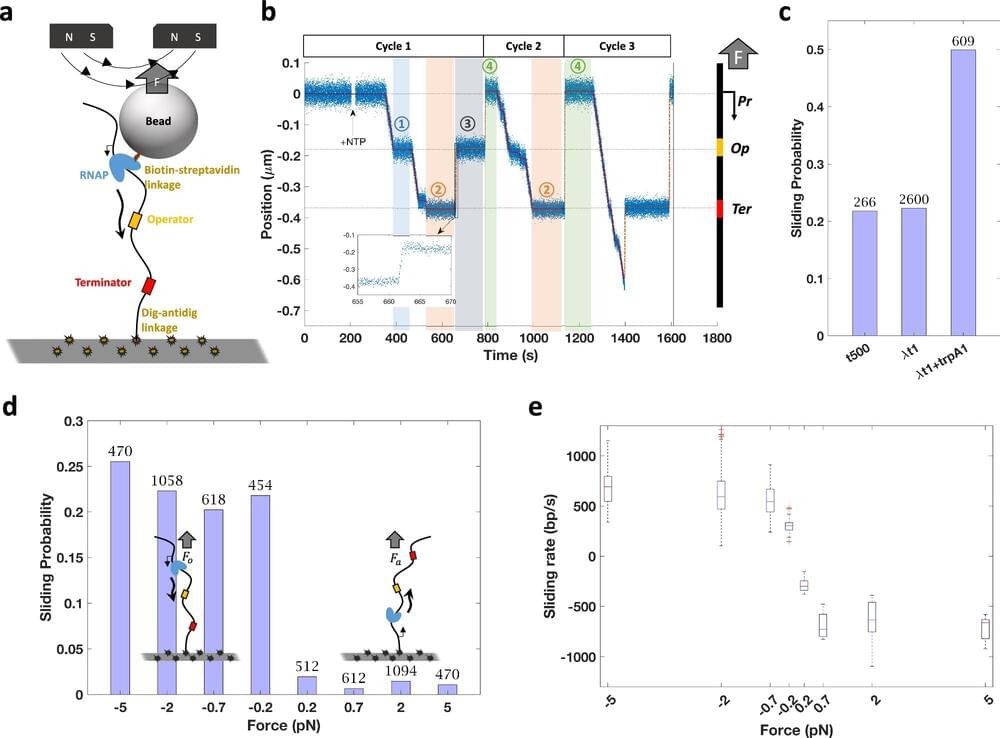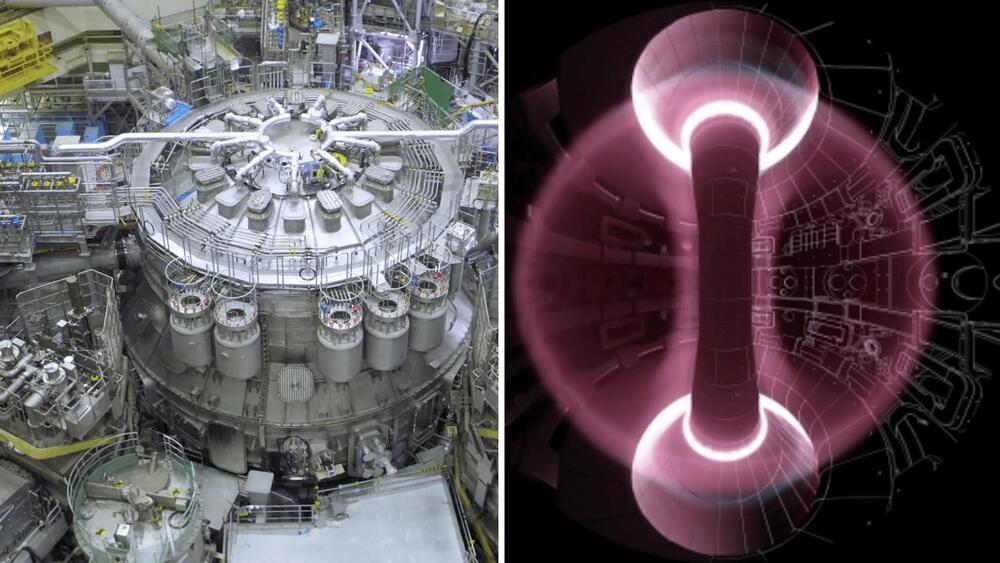IonQ has demonstrated remote ion-ion entanglement, a key milestone towards quantum networking and scaling its quantum systems.






Summary: Researchers have developed a molecule called LaKe that mimics the metabolic effects of strenuous exercise and fasting. This molecule increases lactate and ketone levels in the body, providing similar benefits to running 10 kilometers on an empty stomach, without physical exertion or dietary changes.
Currently being tested in human trials, LaKe shows promise for helping people with limited physical ability maintain health, and may also aid in treating brain conditions like Parkinson’s and dementia. The discovery offers a potential new path for those unable to follow strict exercise or fasting routines.


The researchers also gathered behavioral data, asking participants how strongly they felt the emotions described in each story and how similar these feelings were across different objects of love. This helped the team link subjective emotional experiences to the observed brain activity.
“We use state-of-the-art technology to measure what happens in the brain when a person feels love,” Rinne told PsyPost. “We studied many different types of love and were able to show how different types of love activate the brain in different ways. Our results help explain why the word ‘love’ is used in so many different contexts. Our research also offers insights into why we feel stronger affection for those we are close to compared to strangers, even though the underlying brain processes of affection are the same for all types of interpersonal relationships.”
The study found that different types of love engage both shared and distinct regions of the brain. At a general level, all types of love activated areas associated with social cognition, including the medial prefrontal cortex, the temporoparietal junction, and the precuneus. These regions are involved in understanding others’ thoughts and emotions, a process known as theory of mind. This suggests that even when we experience love for non-human objects, like nature, our brain still engages these neural pathways.


